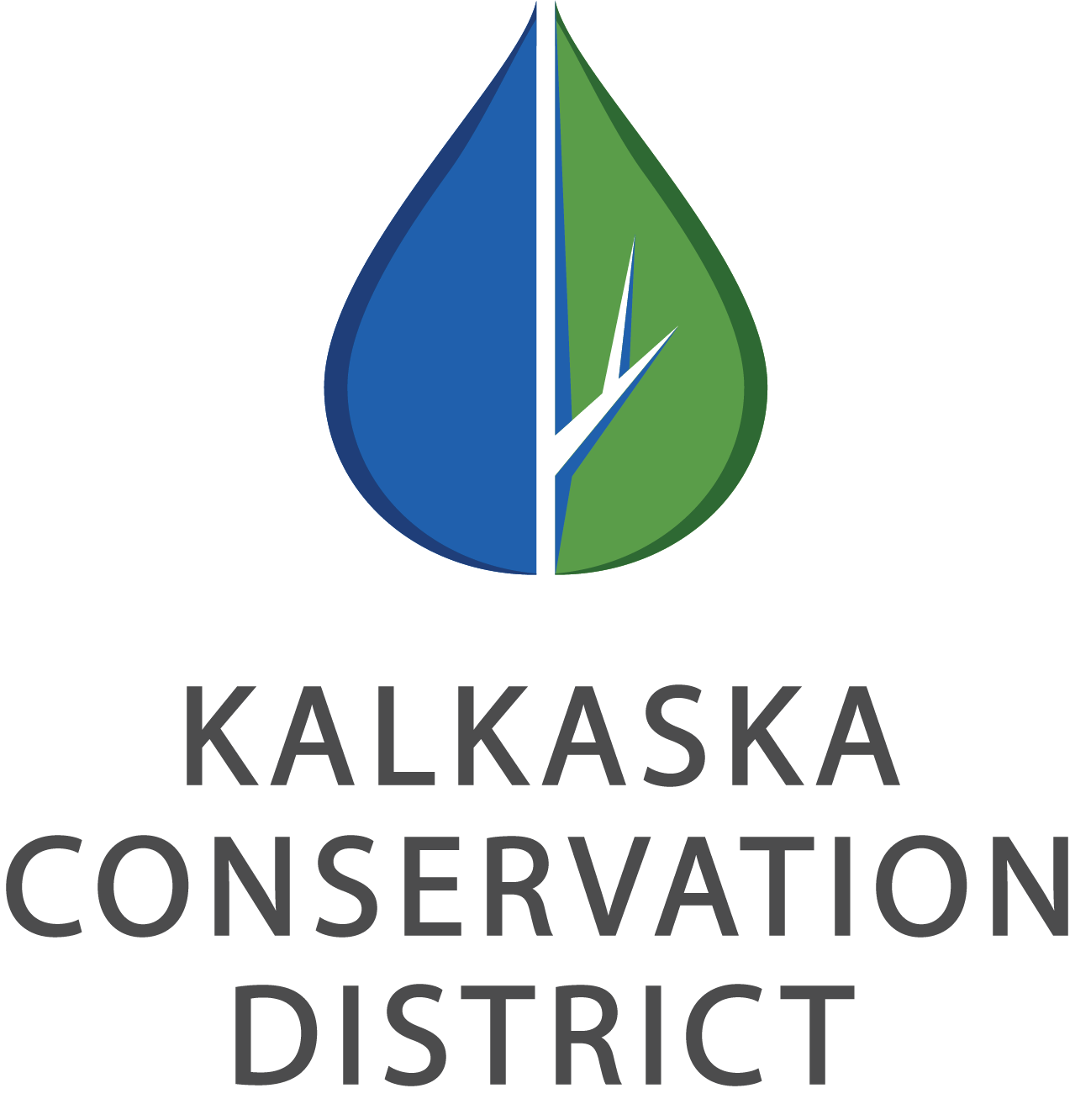Register Now for Winter Tree ID Course
By Marilyn Shy, Kalkaska Conservation District
Are you tired of looking at the four walls inside of your house? Looking for an exciting way to get outdoors and learn something about our natural world?
Well, if you’re like me, then it’s time to dress warmly and head out to the woods!
At first glance, it appears that many of our trees have gone to sleep for the winter. In looking at the bare branches and the gray-brown furrows of the tree bark, it all starts to blend together, with only a little dusting (or a lot, depending on the day) of snow to break up the sameness of the forested landscape.
But…wait! Trees DON’T all look alike once you look a little closer. Each tree species has a uniqueness all its own. Some trees have smooth bark, some have white or light-colored bark, many are darker, with different shades of brown, black, or gray. Look closely at the branches. You will notice that some have opposite buds; others have alternate buds. The overall shape of each tree species is unique as well. Some are pyramidal; some are shaped like a vase. The closer you look, the more differences you will find. This is true of deciduous trees (ones that lose their leaves in the fall), as well as conifers, which are those that have green needles year-round.
Are you ready to dive into this topic further? If you are, get ready to attend a Winter Tree Identification Workshop on February 18th, sponsored by the Kalkaska Conservation District. Plan to meet at the Log Lake Park Pavilion where the workshop will begin at 1:00 pm. It will conclude at 2:30 pm, after a brief hike through the woods. This is a snow or shine event. Snowshoes are recommended and can be borrowed if needed. The workshop is free, although registration is required, and space is limited to 10 people. To register, visit the Events listing here, or call the office at (231)258-3307.
When I first learned to identify trees in winter, it opened my eyes to a whole new world. After learning this skill, you will never look at a tree in the same way again. So join a group of enthusiastic, conservation-minded folks on February 18 to learn about the trees of Kalkaska County. Best be-leaf it will engage your brain and help break out of those winter blues!
Winter 2018 Tree ID workshop, Photo by Lauren Clark


